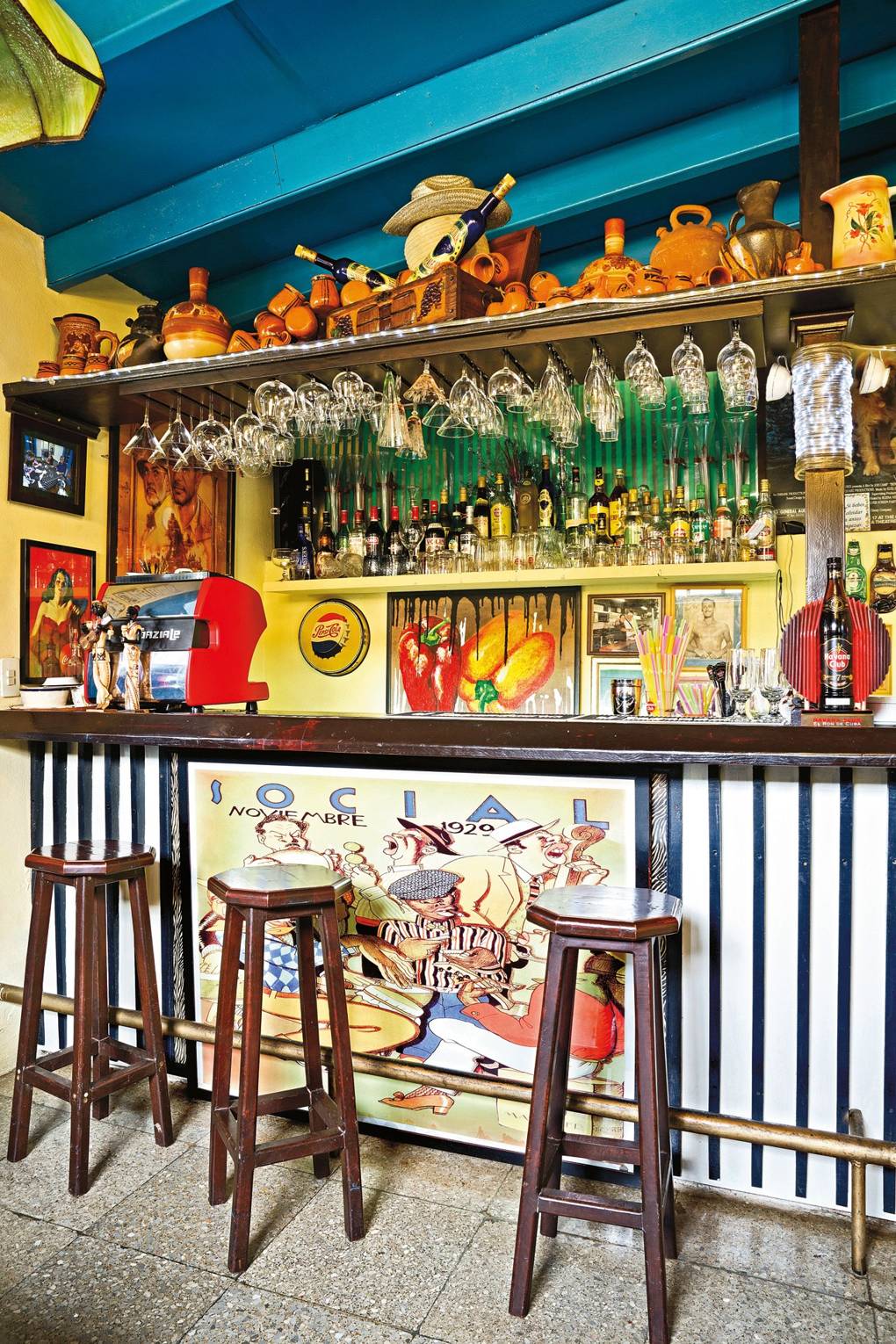

The nineteenth century was a period of growth, when some of the most beautiful buildings around Habana Vieja were constructed and the city enjoyed a new-found elegance. Spain wisely kept British trade policies intact and the consequential influx of wealthy Spanish sugar families propelled Havana into a new age of affluence.

The free trade that the port enjoyed during its brief eleven months of occupation – the British swapped Havana for Florida – kick-started the island’s sugar trade previously restricted to supplying Spain, it was now open to the rest of the world. Three years later a protective wall began to be built around the city, and was completed in 1740.Īssaults on the city persisted, however, and in 1762 Havana fell to the British. Work started on the Castillo de San Salvador de la Punta and the formidable Castillo de Los Tres Reyes del Morro in 1589 and was finally completed in 1630. In 1558, after consolidating shipping operations by making Havana the only Cuban port authorized to engage in commerce, Spain started a long period of fortification with the construction of the first stone fort in the Americas, the impressive Castillo de la Real Fuerza. An infrastructure of brothels, inns and gambling houses sprang up to cater for the seamen, and the port itself became a target for frequent attacks by buccaneers. For several months of the year, ships returning from all over the Americas laden with precious cargoes would slowly gather at the port until a force strong enough to deter possible pirate attacks in the Caribbean had been assembled. However, it was with the discovery of a deep, navigable channel through the treacherous shallow waters between Cuba and the Bahamas that Havana really took off as a major city, becoming a bridge between Spain and the New World thanks to its strategic location on the newly established trade routes.Īs the Spanish conquistadors plundered the treasures of the Americas, Havana became the meeting point for the Spanish fleet on its way back across the Atlantic. The early settlement began to ripple out into what is now Habana Vieja, with the first streets established down on the waterfront between the present-day Plaza de Armas and Plaza de San Francisco.


It wasn’t until November 25, 1519, that the city was relocated to the banks of the large bay known as the Bahía de la Habana. However, the original San Cristóbal de la Habana settlement, established on July 25, 1515, St Christopher’s Day, was actually founded at modern-day Batabanó, on the south coast of what is now Mayabeque province. Havana’s success and riches were founded on the strength and position of its harbour – the largest natural port in the Caribbean.


 0 kommentar(er)
0 kommentar(er)
